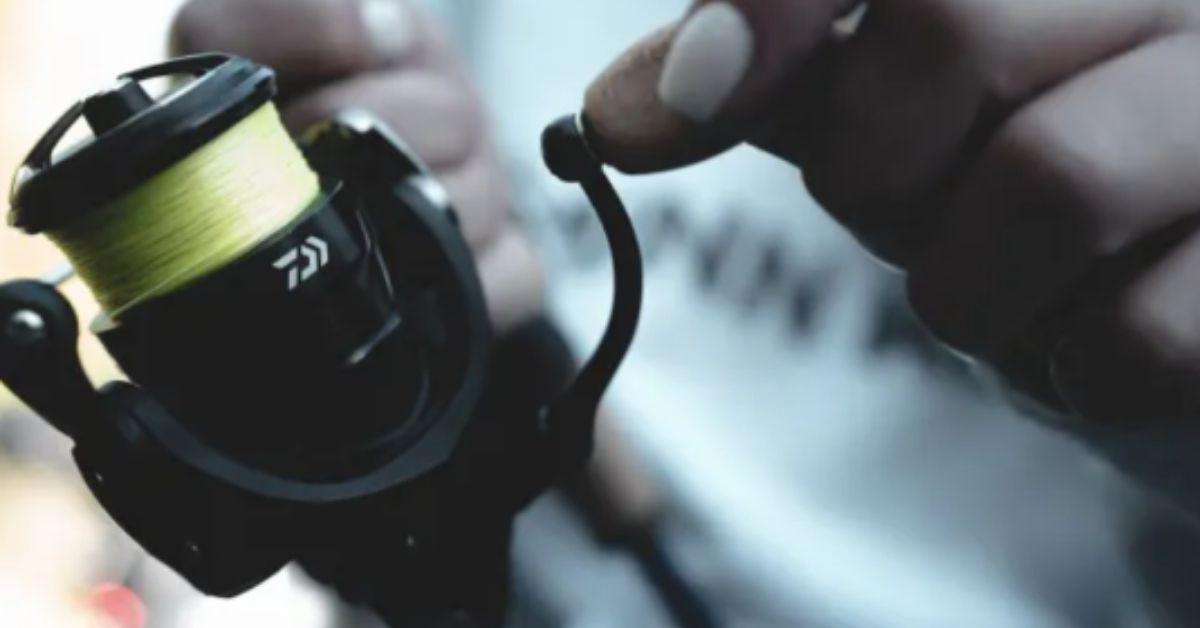The 3 Best Types Of Bass Fishing Line And How To Use Them
Having the right line can be the difference between a new personal best or a new personal nightmare. Both topwater frogs and finesse ned rigs help target the same species, but the two lures are on the opposite sides of the spectrum, and each requires a specific type of fishing line.
To help dial you in, let’s take a simple look at the three most common types of line in bass fishing, explain what they are, compare their differences, and most importantly, help you select the best fishing line based on your needs.
The Three Leaders
Braided line, monofilament, and fluorocarbon are the three most widely used fishing lines on the market today. Each option comes with its own set of benefits, drawbacks, and unique price points. Among other things, monofilament is known for being affordable, braided line for being strong, and fluorocarbon for its clarity.
Braided Fishing Line
Explore Braided Line
Braided lines typically consist of between four and eight strands of microfibers, which are braided together by machine, collectively creating a strong, floating line with a skinny diameter.
In comparison, 10lb braided lines will be as thick as 4lb monofilament or fluorocarbon fishing lines. This benefit allows anglers to fit a much heavier line on their reel while still having the easy-to-use feel of the lighter line.
When Braided Line Is Good For Bass Fishing
- Floating Line - Great for topwater fishing
- Low Stretch - Helps you connect with fish quickly and easily upon hookset
- Sensitive - Extremely sensitive, allowing you to feel nearly every weed, log, or stump you bump into
- Strong - Stronger and abrasion-resistant. It will effectively perform 2-3x longer than fluorocarbon or monofilament
Braided Line Backlashes
- Expensive - High upfront cost, but it pays off over time because of durability
- Not Clear - Unlike other fishing lines, braided line is not transparent, which means it can spook fish in clearwater
- No Stretch - The lack of stretch from braided line can rip hooks out of a fish when setting the hook
Monofilament Fishing Line
Explore Monofilament Fishing Line
Monofilament fishing line is among the most popular and widely used line in the world. Monofilament is an inexpensive single strang line known for its low cost, stretchability, and ease of use. Monofilament is a dependable line appreciated by skilled anglers, but its low-cost user-friendliness also makes it a great option for new anglers.
When Monofilament Is Good For Bass Fishing
- Cheap - Monofilament is the most affordable line available
- Low Visibility - While it’s not entirely transparent underwater, clear monofilament is hard to see for most fish
- Stretchy As Heck - Monofilament stretches like a scaled-down rubber band which helps absorb the shock when anglers set the hook with a treble hooked bait
- Smooth Like Butter - Monofilament flies smoothly off the reel in a straight line without looping up from the memory of sitting coiled around the reel
- Neutrally Buoyant - It nearly floats, which allows anglers to fish topwater poppers and other baits at the surface
Monofilament Backlash
- Extreme stretchy which makes it challenging to set the hook when fishing jigs or Texas rigs
- Not as sensitive as other lines making it harder to detect bites
- Suseptipal to wind knots
Fluorocarbon Fishing Line
Explore Fluorocarbon Fishing Line
Fluorocarbon is the newest and usually most expensive of the three lines listed, but that doesn’t mean bass anglers everywhere won’t fork up the extra few dollars for a spool. Clear, sensitive, and abrasion-resistant, fluorocarbon seems to take characteristics from both braid and monofilament and combine them into one highly functional fishing line.
When Fluorocarbon Is Good For Bass Fishing
- Sensitive- Fluorocarbon is highly sensitive, allowing anglers to slowly drag baits across the bottom while feeling response from the surroundings of each cast
- Crystal Clear - Fluorocarbon is virtually invisible underwater which helps clear water anglers spook finicky fish who might be wary of other more obvious fishing lines
- Abrasion Resistant - The tough coating around fluorocarbon line helps prevent break-offs when rubbing against woods, rocks, and metal
- Sinks - Good for crankbaits, jigs, and other baits you want to get near the bottom
Fluorocarbon Backlash
- Expensive - It’s usually the most expensive line and it has a short shelf life compared to braid or mono
- Memory - Fluorocarbon is known to have a lot of memory, meaning the line will come off in coils after being spooled up
- Cold Water - Fluorocarbon is known to become brittle and break in cooler temperatures
Bass Fishing Line Suggestions
- Crankbaits: fluorocarbon or monofilament 10-17lb
- Jigs: fluorocarbon 15-25lb or 30-50lb braided line
- Jerkbaits: fluorocarbon or monofilament 10-15lb
- Spinnerbaits/Chatterbaits: fluorocarbon or monofilament 15-25lb
- Topwater Frogs: braided Line 30-65lb
- Buzzbaits- 15-25lb monofilament or 30-50lb braided Line
- Hard Swimbaits: 10-25lb monofilament or fluorocarbon
- Drop Shot Fishing: 8-12lb fluorocarbon
- Wacky Worms: 8-12lb fluorocarbon
- Ned Rig Fishing: 6-10lb fluorocarbon
- Punching/Flipping - 30-65lb braided line
- Poppers: 8-12lb monofilament
Updated October 28th, 2021 at 4:04 AM CT


